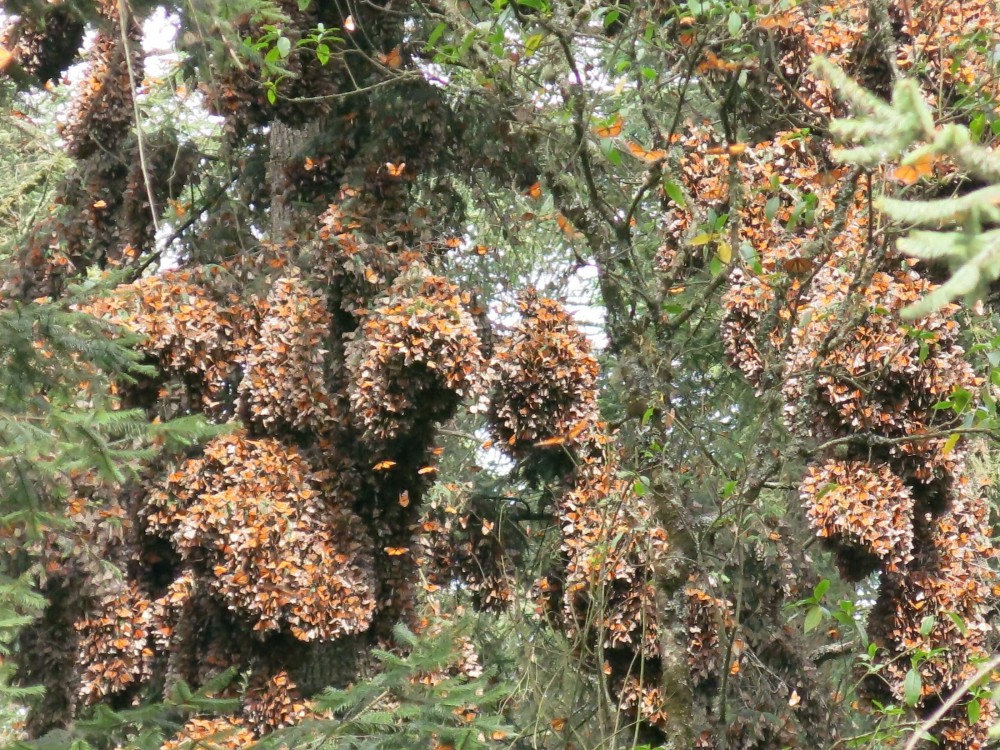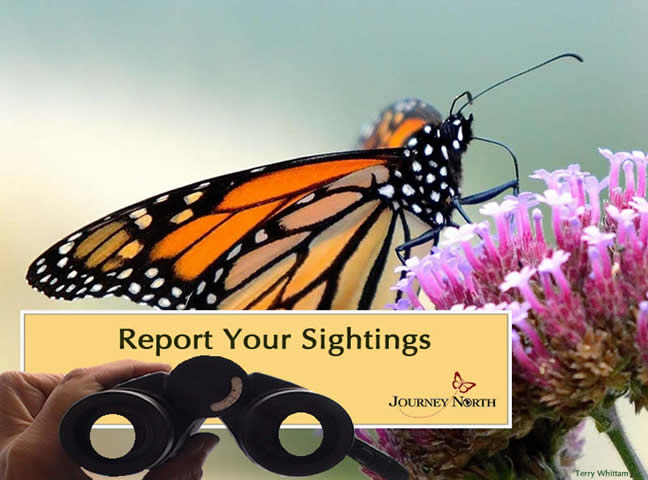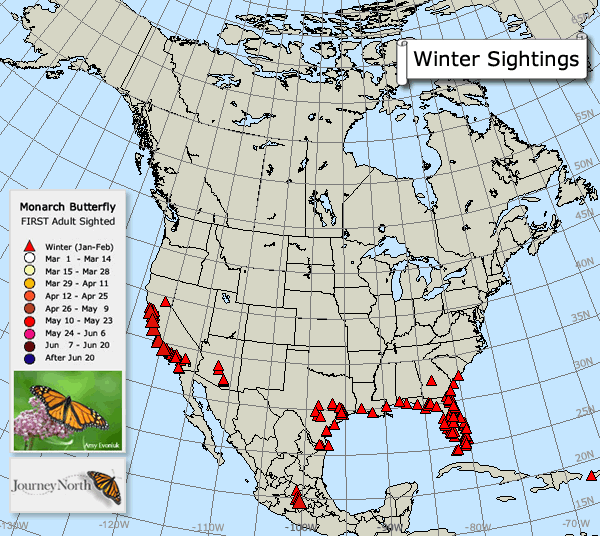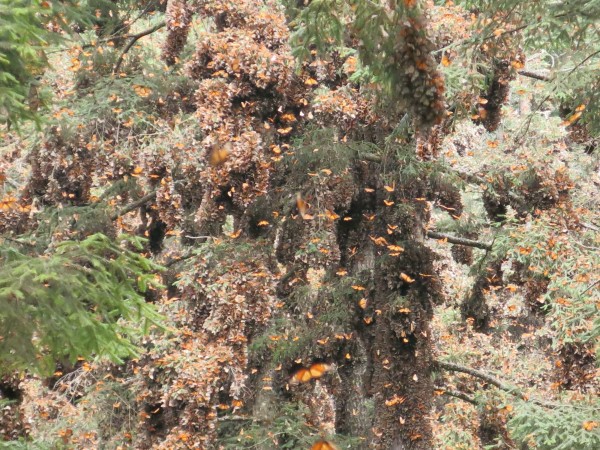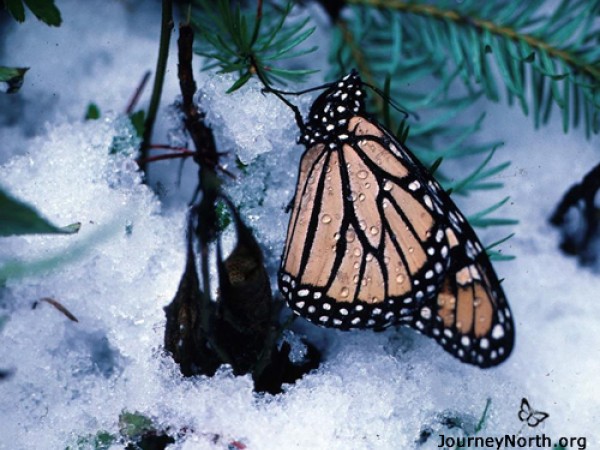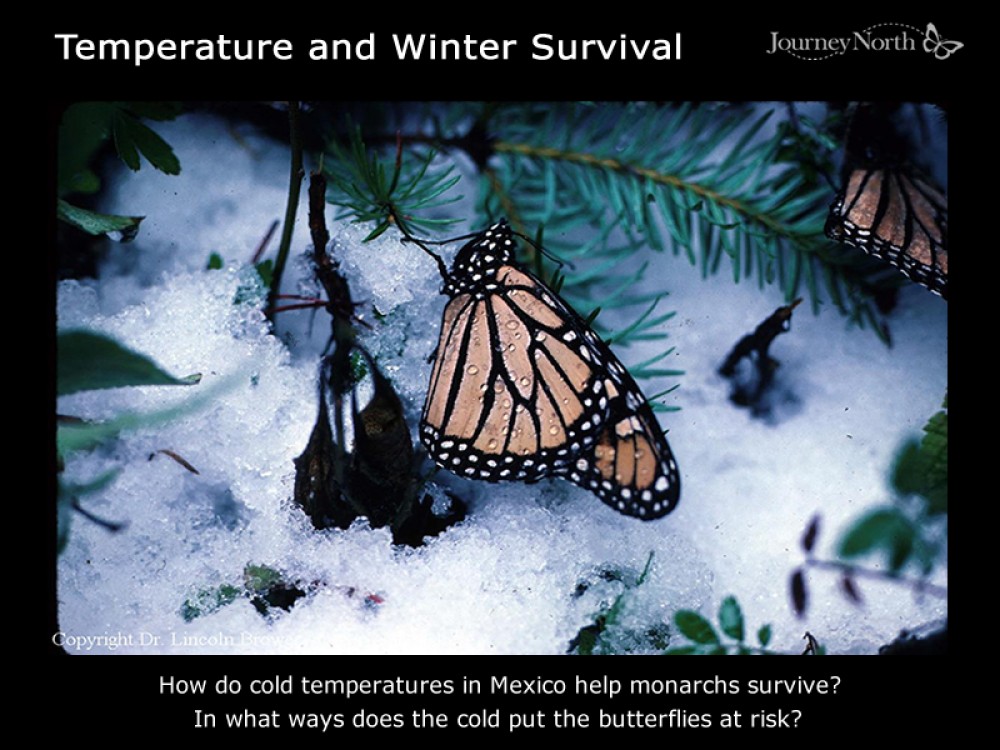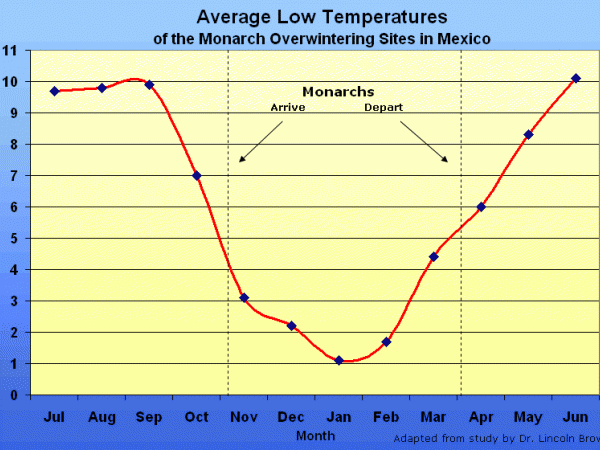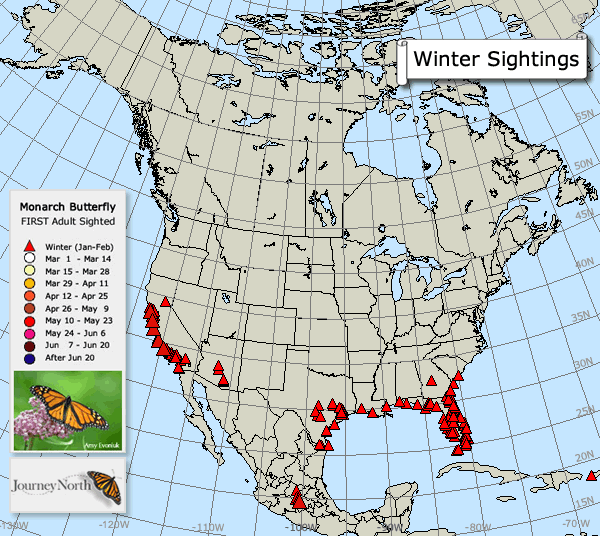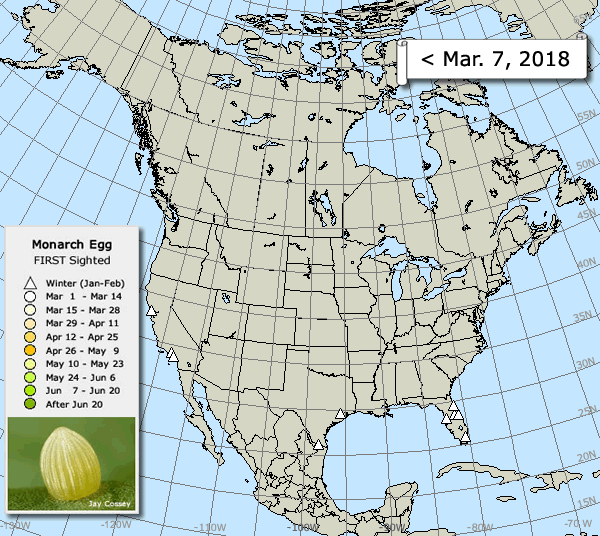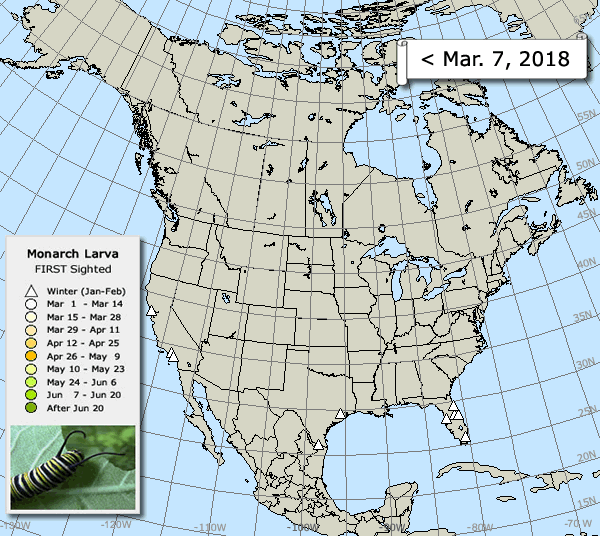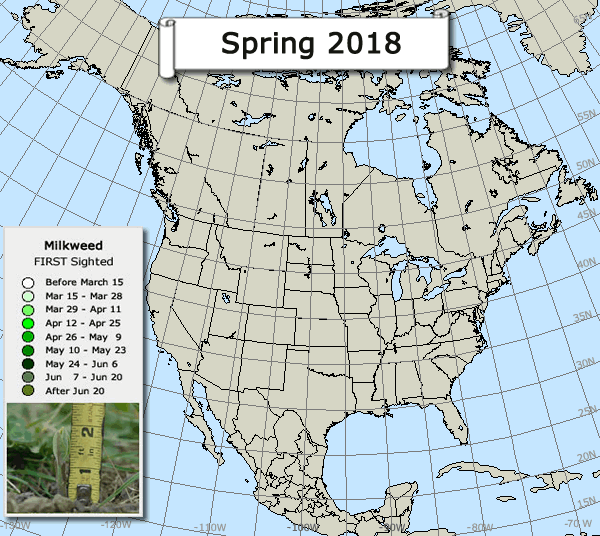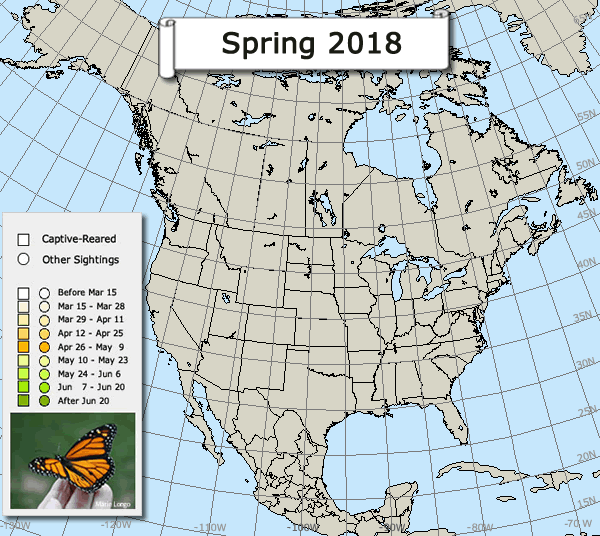Full Splendor
"The Oyamel firs majestically held the weight of enormous clusters - wonderful copper-gold and dark brown. The beauty was overwhelming," reports Estela Romero.
Recovering Tags
Estela accompanied Monarch Watch volunteers this week as they visited three sanctuaries to collect monarch tags. She described the tag recovery process:
"We count the tags, record the date, the sanctuary, the name of women or men who found them, and the total number of tags collected from that person that moment. A generous compensation of 90 pesos has been paid this year for each tag. A total of 262 tags have been collected so far by conservationists Debbie Jackson and Brenda Dziedzic. According to Jackson, an estimated 200,000 monarchs were tagged last fall."
Another highlight of the week was Estela's visit to El Rosario where the butterflies put on a spectacular show.
"We were paralyzed at suddenly seeing waves and waves of orange butterflies flying around everywhere, nectaring upon the blossoming wildflowers, landing on small streams with crystaline water flowing from the mountain… They could even crash into us visitors everywhere! The total silence allowed us all to live an indescribable experience. The orange-gold concert kept going on and on." More...
Temperatures Rising
It's mid-February now and temperatures are starting to rise at the overwintering sites. Monarchs have survived the coldest part of the winter season.
"The really critical time for the monarchs is January and early February," says Dr. Lincoln Brower. "The lethal combination is for the butterflies to be wetted by a winter storm and then subjected to freezing temperatures."
However, until the butterflies leave for spring migration, the risk to the population remains as the late-season storm in March 2016 showed.
Spring Migration 2018
Report all monarchs you see — adults, eggs, larvae.

